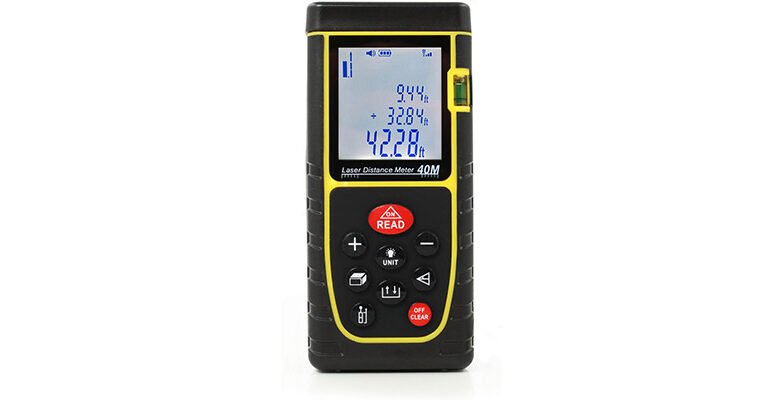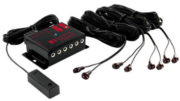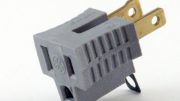Here’s something I don’t usually put into an article: I don’t know.
A device like our Tech Choice Laser Distance Measuring Meter is inexpensive and cool. Rather than risking a nasty slap from a spring loaded tape measure, you can just point this device at something and instantly get a distance from up to 130 feet away. Yet, you would be surprised at the amount of controversy you’ll find surrounding these devices. There seem to be several theories out there on the internet and surprisingly if anyone knows for sure they’re not talking.
The biggest issue is that there are those who think a small device like this one couldn’t possibly have enough compute power to be that precise. Let’s look at how these things might work, and I’ll tell you what I think.
Guess #1: Laser meters aren’t laser meters at all
The first thing I read is that many laser measuring devices aren’t actually laser measuring devices. They use cheap laser pointers to help you aim, but they are actually sonar measuring devices, putting high-frequency sound out and measuring how quickly it comes back. Because light is so much faster than sound, you’d need a lot faster device to measure light than you would for sound.
This is possible but it seems that sonar devices need some sort of obvious emitter and I don’t see one on this laser meter. So I’m going to keep looking.
Guess #2: Laser meters actually measure phase difference
There’s a seriously geeky article at Stack Exchange about how laser measuring devices could work. Again, the suggestion is that you couldn’t have a cheap device with enough computing power to really measure distance with lasers. But, you could use the phase shift caused by distance to do it. In other words, you put the laser beam as a frequency-modulated sine wave and then measure the amount that it’s off phase as it returns.
I think this is very possible, and it may be the way it’s done. This article lays out a pretty good argument about how this is possible with a lot less computing power than just measuring the time it takes for the laser to get somewhere and return.
Guess #3: Laser meters work exactly the way they say
Most web sites claim that laser measuring equipment works by bouncing a laser off something and measuring the time it takes for it to return. This is the same technology used by everything from autofocus sensors to aircraft carriers. It’s technology that’s been in use one way or the other since the second world war. Back then they used radio waves, and still do.
I have to say this is the most likely explanation. I want to believe the physics professors in that one article, but there’s something that doesn’t add up. This type of ranging has been used for 80 years. It’s known and understood. Chances are it’s very easy to do even with cheap devices.
There are sensors all over the place measuring distance very accurately. The AR sensors in high-end phones do it. So do the “face ID” systems on the other side of the phone. A lot of cars rely on this technology for cruise control. The only question is how accurate it is. I’m willing to bet it’s pretty accurate, even with cheaper chips.
But, but, the physics guys…
Look, there’s no question that I’m not a physics professor. But I also think that the people in that article are working with hypotheticals. It’s very easy using only hypotheticals to “prove” that birds can’t fly. That doesn’t mean the science is wrong, only that you don’t have access to the trade secrets that make everything work.
Speaking of making everything work, I hope you’ll shop at Solid Signal for the stuff that makes your life work better. We have the best selection of the things you need. If you have questions, call us during East Coast business hours. The number is 888-233-7563. If it’s after hours, fill out the form below and we’ll get back to you, usually within one business day.





